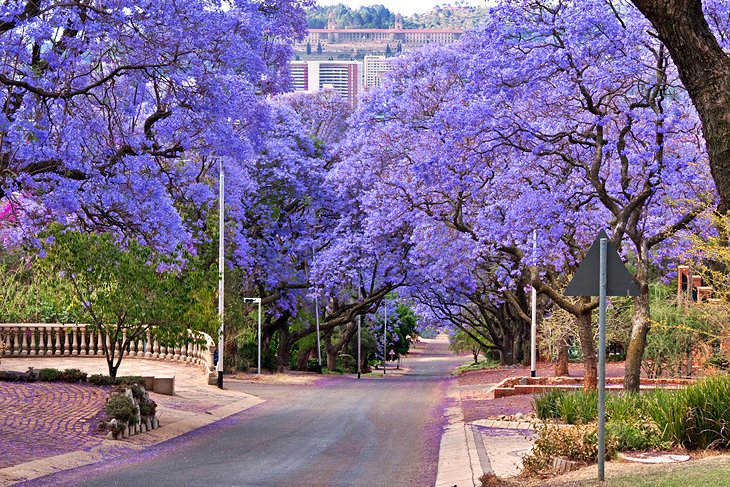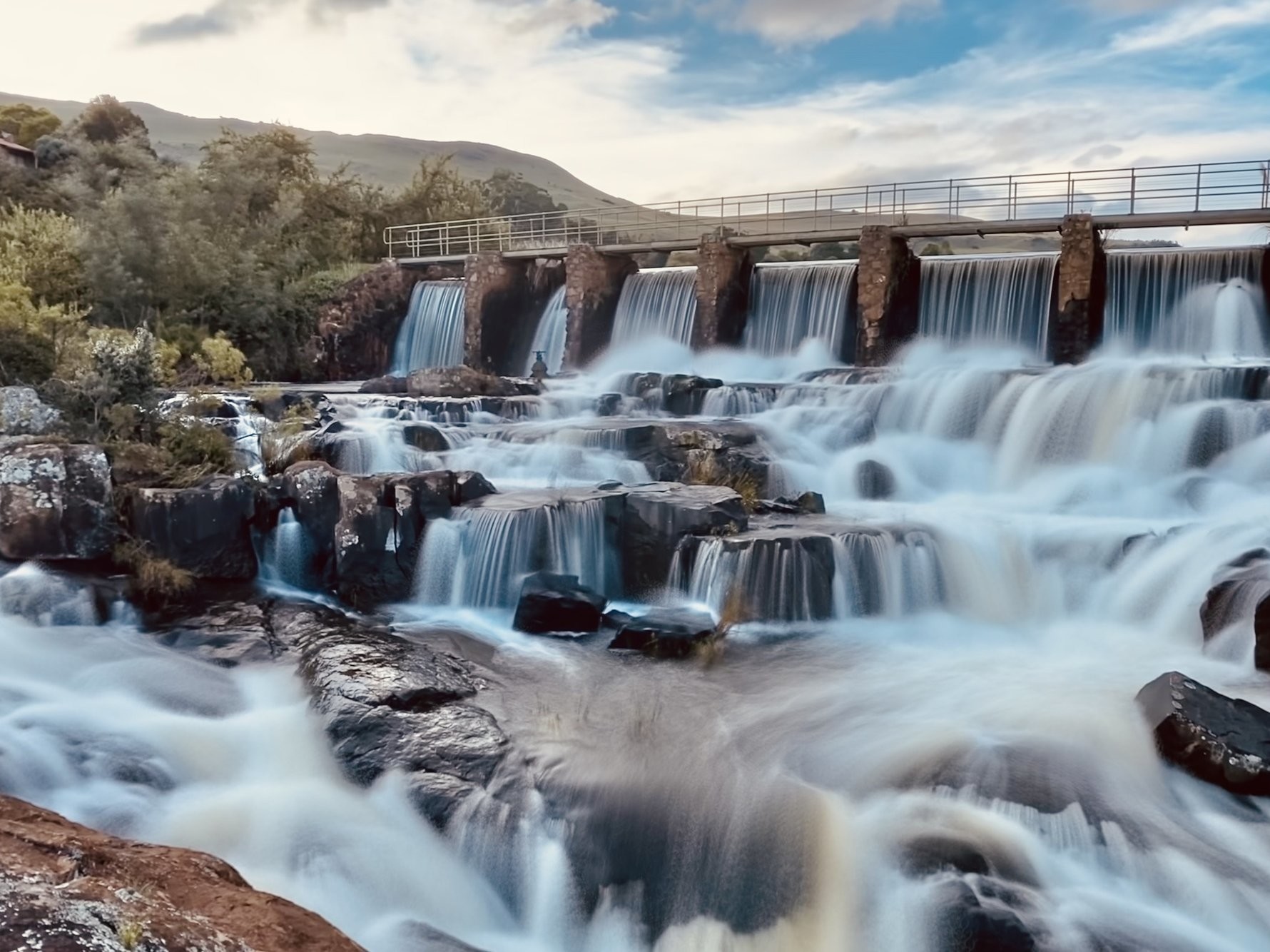Johannesburg North Attractions Fundamentals Explained
Johannesburg North Attractions Fundamentals Explained
Blog Article
Johannesburg North Attractions Fundamentals Explained
Table of ContentsNot known Details About Johannesburg North Attractions The Best Guide To Johannesburg North Attractions4 Easy Facts About Johannesburg North Attractions DescribedNot known Facts About Johannesburg North AttractionsJohannesburg North Attractions for Beginners8 Easy Facts About Johannesburg North Attractions Shown
The city grew on the edge of the Witwatersrand Key Coral reef, a below ground stratum of gold-bearing quartz-silica corporation that arcs for hundreds of miles under the Highveld - Johannesburg North attractions. Many of the gold mines in the city ceased operation in the 1970s, but in its day the Witwatersrand gold sector accounted for more than 40 percent of the globe's annual gold manufacturing.Johannesburg has a pleasant climate. The city appreciates about 8 hours of sunlight per day in both winter season and summer.
What rain the city obtains drops almost specifically in the summer season, commonly in stunning late-afternoon electrical tornados. Air air pollution presents a significant issue, especially in the winter season, when thermal inversions hinder the westward flow of air from the Indian Ocean. Air pollution is most serious in the densely worked out Black townships on the city's periphery, where lots of citizens still count on coal for gas.

Johannesburg North Attractions Can Be Fun For Everyone
The balance of the city is inhabited by whites. Holiday accommodation differs in character and top quality. Soweto is infamous for its unlimited rows of municipally constructed, two-room matchbox homes, yet it also has a few prosperous territories along with brimming squatter camps, where 10s of thousands live without water, power, or cleanliness centers.
Physical growth, although somewhat limited by transport, proceeded rapidly as immigration to South Africa, and Johannesburg particularly, raised dramatically. This trouble was solved in the 1930s when the auto was introduced in automation to South Africa. Cars were, essentially, restricted to the wealthy, and permitted them to relocate to the north of the city and commute right into the centre.
Most inadequate residential areas were combined, with poor blacks and whites living together, although the wealthy suburban areas were usually booked for whites. This altered with the political election of the National Party in the 1948 elections, who began to formalise the system recognized as racism. Apartheid formally assigned which suburbs each race could stay in under the Group Areas Act.
The previous system of eleven phoned number regions was reorganised in 2006. Marshalltown, as seen from the top of the Carlton Centre. The M1 and M2 run behind the structures, and the southerly suburbs expand past the highway limit. The central city of Johannesburg is situated within the city's Area F. The number of individuals living in the inner city on an informal basis is unidentified, as several are prohibited immigrants. The unemployment, education, and age accounts of the area are all unknown, due to the difficulty of acquiring trusted info regarding the area.
The Basic Principles Of Johannesburg North Attractions
Centred on the CBD, the area includes the residential areas of Yeoville, Bellevue, Troyeville, Jeppestown, and Berea to the eastern. To the west it spreads to Pageview more (Johannesburg North attractions) and Fordsburg. navigate here There are tiny commercial areas to the south, such as City West-Denver and Benrose. Around 800,000 commuters go through the inner city everyday, and it works as a local shopping node for site visitors from the southern residential areas. Yeoville and Bellevue have a mix of apartment or condo structures and single domestic systems on tiny great deals. The area is situated on a hilly divide that runs from east to west.

An Unbiased View of Johannesburg North Attractions
The eastern suburbs are some of the oldest locations of Johannesburg, there are big areas of Jewish and various other European backgrounds, the majority of the populace is English talking. There are three golf courses as well as a number of protected ridges with viewsites.
The area is mostly composed of old "matchbox" homes, or four-room houses constructed by the federal government, that were developed to offer affordable holiday accommodation for black workers during discrimination. Soweto is an acronym, meaning "South Western Townships". Road after road in this location is lined with matchboxes; nevertheless, there are a couple of smaller sized areas where flourishing Sowetans have constructed residences that are extra comparable in stature with those in more affluent suburban areas.
Hostels are an additional noticeable physical feature of Soweto. Initially constructed to house male migrant workers, lots of have actually been boosted as residences for couples and family members. The N1 Western Bypass skirts the eastern border of Soweto. The residential area was not traditionally allowed to create work centres within the location, so almost all of its citizens are travelers to various other components of the city.
The smart Trick of Johannesburg North Attractions That Nobody is Talking About
The N1 Western Bypass attaches the north residential areas with the north-western suburbs. The domestic areas in the north residential areas are mainly formal, without any considerable locations of casual real estate, or housing that lacks a permanent structure. This is a recognized location, there is a fad of land usage adjustment from residential to commercial, particularly along major arterial roadways and around well established nodes.
The area is well linked to road networks, particularly along the north-south axis view publisher site developed by the M1 and N1. Roads to the eastern and west are less well developed, as there are no freeways travelling because instructions. Towards the northern boundary of the city, the density of development decreases, leaving huge locations of untaught land around Midrand.
How Johannesburg North Attractions can Save You Time, Stress, and Money.
The very first suburb to the north of the internal city is Parktown, which lies on a hillside overlooking the internal city and Hillbrow. It has several rich locals and Edwardian-style estates, in addition to the Education and learning and Medical schools of the College of the Witwatersrand. The huge concrete Charlotte Maxeke Johannesburg Academic Health Center dominates the horizon of Parktown.
Report this page